This article was medically reviewed by Mark Ziats, MD, PhD. Dr. Mark Ziats is an Internal Medicine Physician, Scientist, Entrepreneur, and the Medical Director of xBiotech. With over five years of experience, he specializes in biotechnology, genomics, and medical devices. He earned a Doctor of Medicine degree from Baylor College of Medicine, a Ph.D. in Genetics from the University of Cambridge, and a BS in Biochemistry and Chemistry from Clemson University. He also completed the INNoVATE Program in Biotechnology Entrepreneurship at The Johns Hopkins University - Carey Business School. Dr. Ziats is board certified by the American Board of Internal Medicine.
This article has been viewed 124,435 times.
A blood blister is a pouch on the top layers of skin which contains blood or bloody fluids. Blood blisters are commonly due to pinches, bruises, or repeated rubbing of the area. A blood blister can happen anywhere, but the most common areas are the fingers, toes, heels, mouth, and at or under the nails. If you get a blood blister, you should leave it alone and not pop it. However, if you have to pop a blood blister, you must be very careful and take steps to prevent infection.
Steps
Popping Blood Blisters
-
1Pop larger blood blisters. You should try to refrain from popping blood blisters if possible. However, if it gets too painful, you can pop larger blood blisters. If your blood blister is larger than a pea, or it is causing significant discomfort, pain, or interfering with walking or working, you can carefully pop the blood blister.[1]
- You should know that this can significantly increase the risk of infection, so be very careful and follow the instructions as closely as possible. It really is best to have a physician do this with sterile instruments, but that is realistically not always possible.
-
2Wash the area. Wash the area with the blood blister with an antibacterial soap. Also wash your hands well. Let the soap stay on your hands for at least one to two minutes. Rinse your hands and the area well.[2]
- Use a clean towel to dry your hands and the blood blister.
Advertisement -
3Use a sterile blade. Preferably, you should use a sterile lancet or scalpel blade when you pop a blood blister. If you don’t have either, you can use a sterilized pin or needle. If you have alcohol, soak a pin or needle in the alcohol.[3]
- Alternatively, you can soak the pin or needle in a solution of the antibacterial soap for 10 minutes.
- You can also boil the pin or needle. Use tongs to take the pin or needle out of the boiling water and use it while it is still warm.
- Another option is to hold the tip of the needle directly over a flame for a minute. Make sure you let it cool before using it.
-
4Pierce the top of the blister. To pop the blister, lance or pierce the top of the blister. You will not need to penetrate deeply because you only have a thin layer of tissue to get through. You can press gently on the blister to help remove the fluid. Use a clean cloth or gauze to sponge up the blood. Apply pressure until any bleeding stops.[4]
- This is not likely to be very painful because the nerves are usually found deeper in the skin and not on the top of the blister, but prepare yourself just in case.
-
5Leave the blister roof intact. After popping the blood blister, make sure you do not remove the blister roof. The flap of skin covering the blister helps prevent infection. Leave it so it can protect the skin underneath.[5]
-
6Cover the area. Apply an antiseptic such as betadine, iodine, or an antibiotic cream to the popped blister. Then cover the area with a clean gauze or bandage. Remember to make the bandage thick enough to protect the area from any rubbing or extra pressure.[6]
- Remove the bandage at night so the blister can air out. This aids in healing.
- Check for signs of infection every eight to 12 hours. These signs include redness, warmth, swelling, pain or whitish, yellowish, or greenish pus. Call your physician for advice if this happens.
-
7Know when you shouldn’t pop a blood blister. Certain conditions make draining a blood blister dangerous. If you have diabetes, HIV, cancer, or heart disease, or if you have a blood clotting problem or are taking blood thinner medications, you should never pop the blood blister yourself. It can lead to infection, which could be dangerous. Instead, go to your doctor and discuss what to do with him.[7]
- You also should refrain from popping a blister if it arose because of a contagious disease. This can lead to you spreading the disease to others.
Dealing With Small Blood Blisters
-
1Leave small blood blisters alone. If the blood blister is smaller than the size of a pea, it should be left alone. Don’t try to pop these because they will easily heal on their own within a few days.[8]
-
2Remove all sources of extra pressure. When you have a small blood blister, you want to make certain that it doesn’t get any worse. Try to remove any source of pressure on the blood blister, like clothing or other restricting materials.[9]
- If the blood blister is on your feet or toes, make sure your shoes are not rubbing against the area. Wearing only cotton socks can help with this. Open-toed or open-heeled sandals may be the best option.
-
3Reduce the amount of rubbing on the blood blister. To help the small blood blister heal quickly, reduce any rubbing to the blister. To reduce the rubbing, cover the blister with a clean cover that is thick as possible. You can also use a moleskin pad cut to fit the area.[10]
- You can make a covering from a bandage, thick socks or two pairs of socks, or blister patches.
-
4Apply ice to the blood blister. If the blood blister is hurting, you should try to reduce the pain. Apply an ice compress or a bag of frozen vegetables wrapped in cloth to the blister. Leave it there for approximately 10 minutes.[11]
- This can help reduce swelling, stop it from itching, and stop the bleeding beneath the surface.
References
- ↑ https://www.betterhealth.vic.gov.au/health/conditionsandtreatments/blisters
- ↑ https://www.seattlechildrens.org/conditions/a-z/blisters/
- ↑ http://www.webmd.com/skin-problems-and-treatments/tc/blisters-home-treatment
- ↑ https://www.seattlechildrens.org/conditions/a-z/blisters/
- ↑ http://www.webmd.com/skin-problems-and-treatments/tc/blisters-home-treatment
- ↑ https://www.seattlechildrens.org/conditions/a-z/blisters/
- ↑ http://www.webmd.com/skin-problems-and-treatments/tc/blisters-home-treatment
- ↑ http://www.nhs.uk/Conditions/Blisters/Pages/Treatment.aspx
- ↑ http://www.nhs.uk/Conditions/Blisters/Pages/Treatment.aspx
About This Article
Popping a blood blister can significantly increase your risk for infection, especially if you have a condition like diabetes, HIV, cancer, or heart disease, so refrain from doing so and go to your doctor, instead. However, if your blood blister is larger than a pea and causing you considerable pain, you can carefully pop it at home using a sterile blade. First, wash the affected area and your hands with antibacterial soap. Then, use a lancet, scalpel, or disinfected pin or needle to pop your blister by piercing the top of it. Make sure to leave the flap of skin that was covering your blister to help prevent infection, and use a clean cloth to soak up any excess blood before applying an antiseptic and bandage. For more tips from our Medical co-author, like how to deal with a small blood blister, read on!
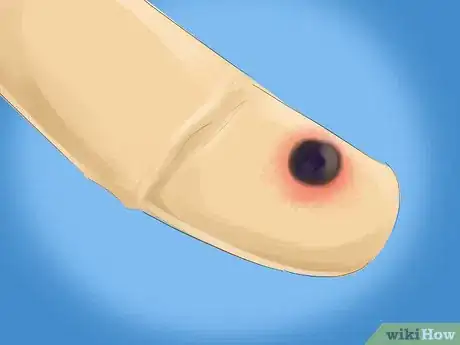
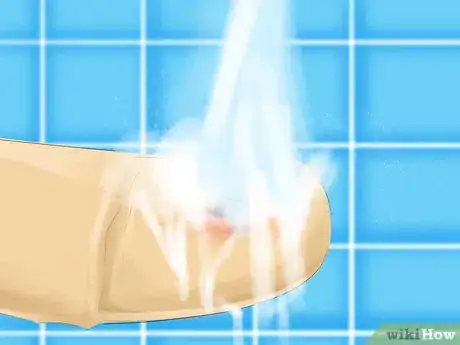
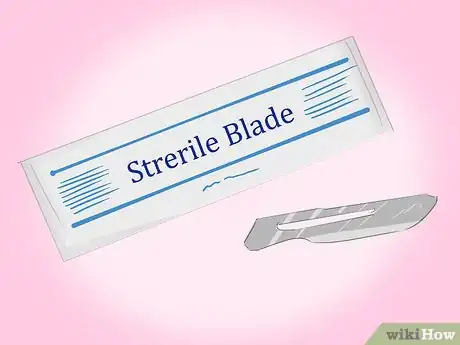
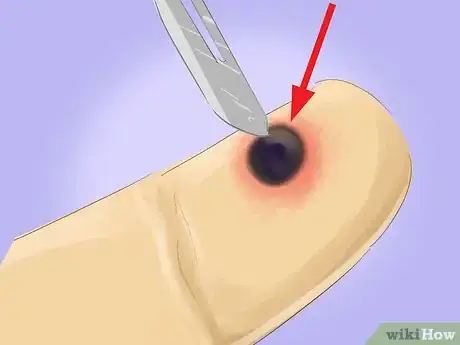
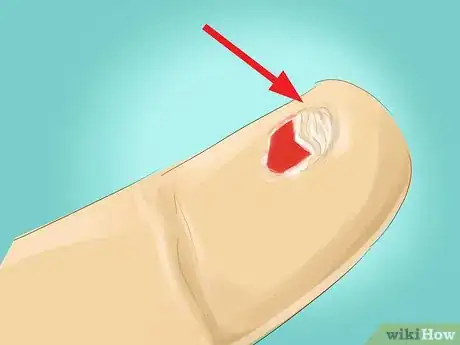
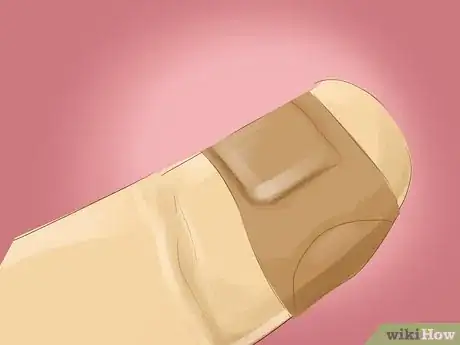
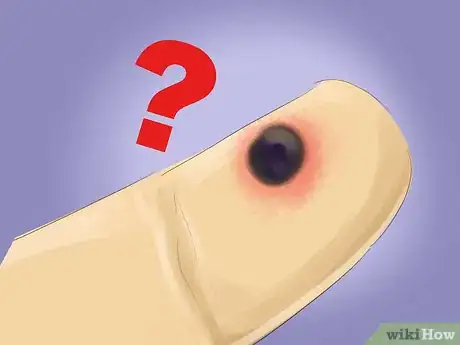
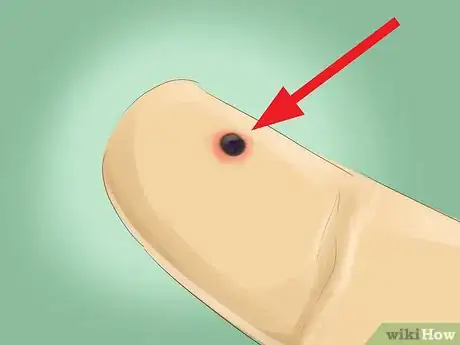
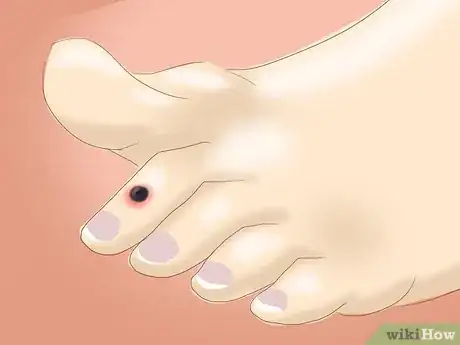
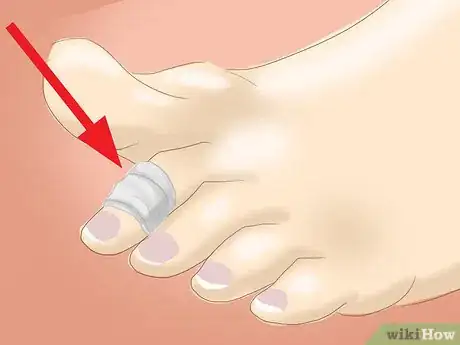
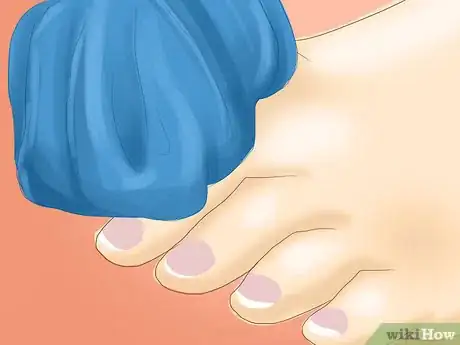
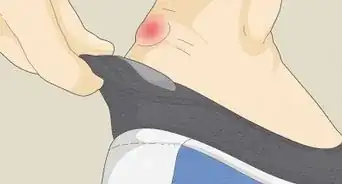
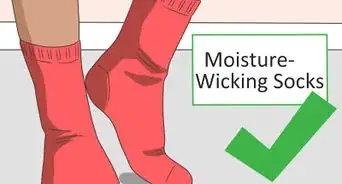
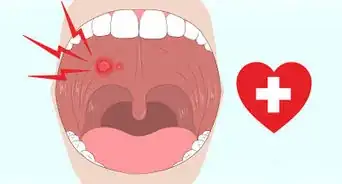
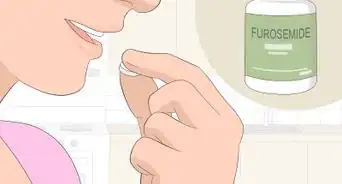
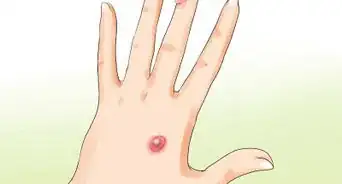
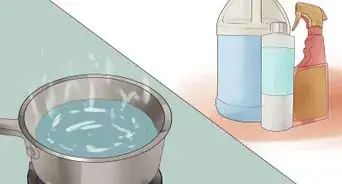

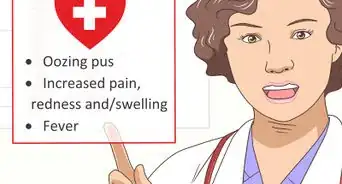

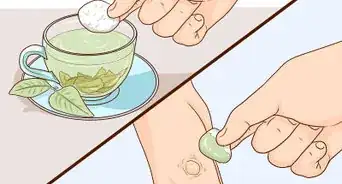
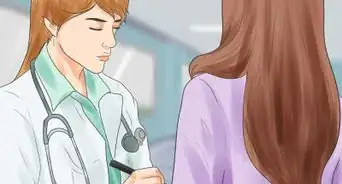
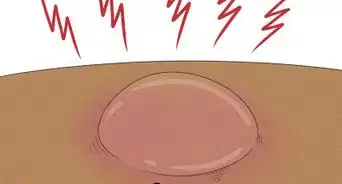
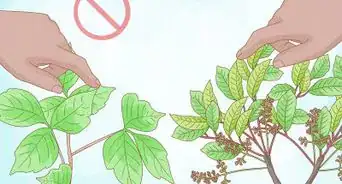
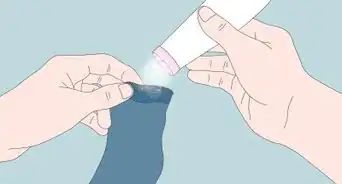









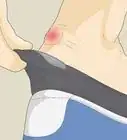
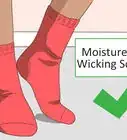
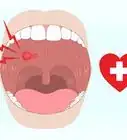
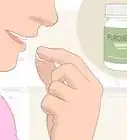



































Medical Disclaimer
The content of this article is not intended to be a substitute for professional medical advice, examination, diagnosis, or treatment. You should always contact your doctor or other qualified healthcare professional before starting, changing, or stopping any kind of health treatment.
Read More...